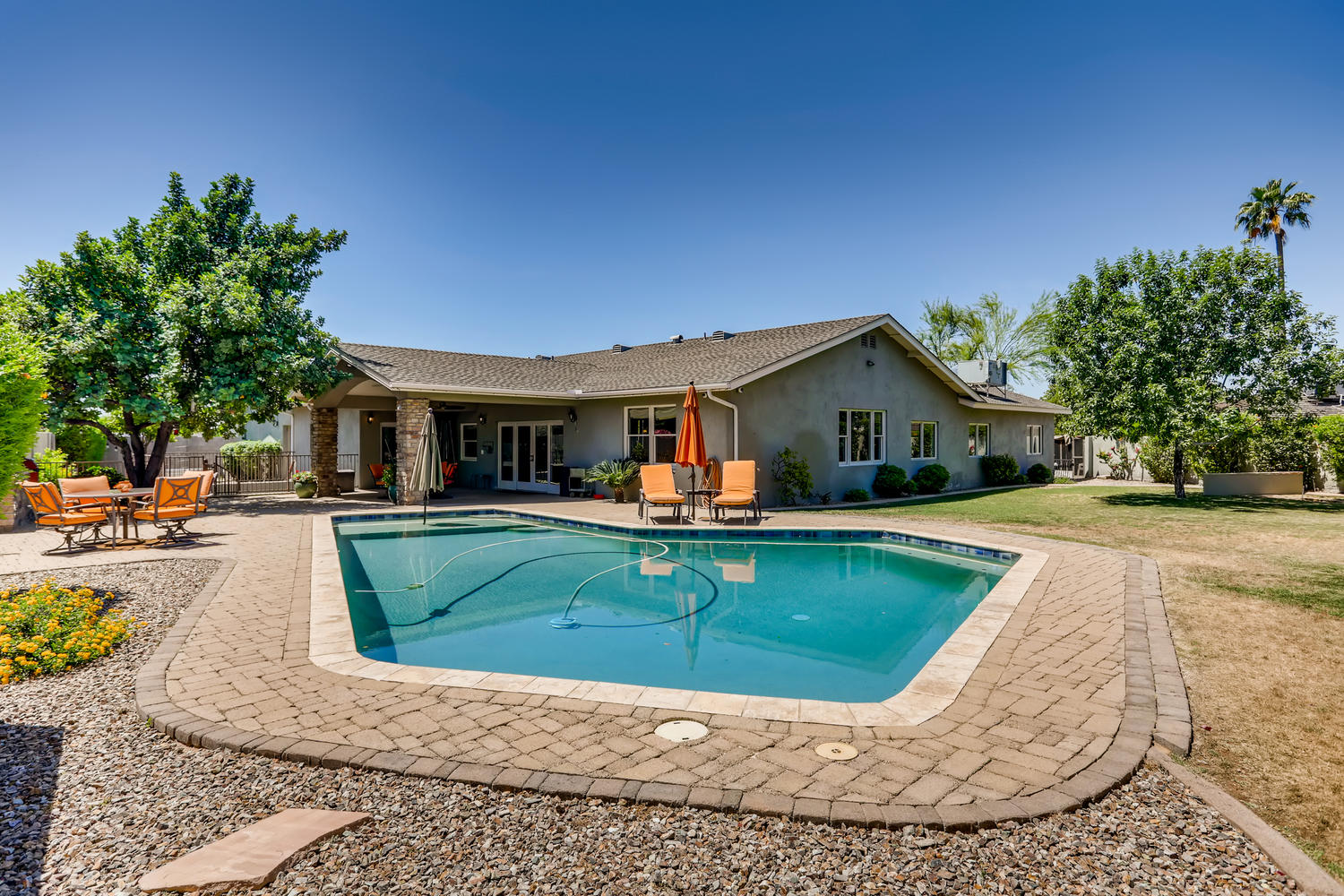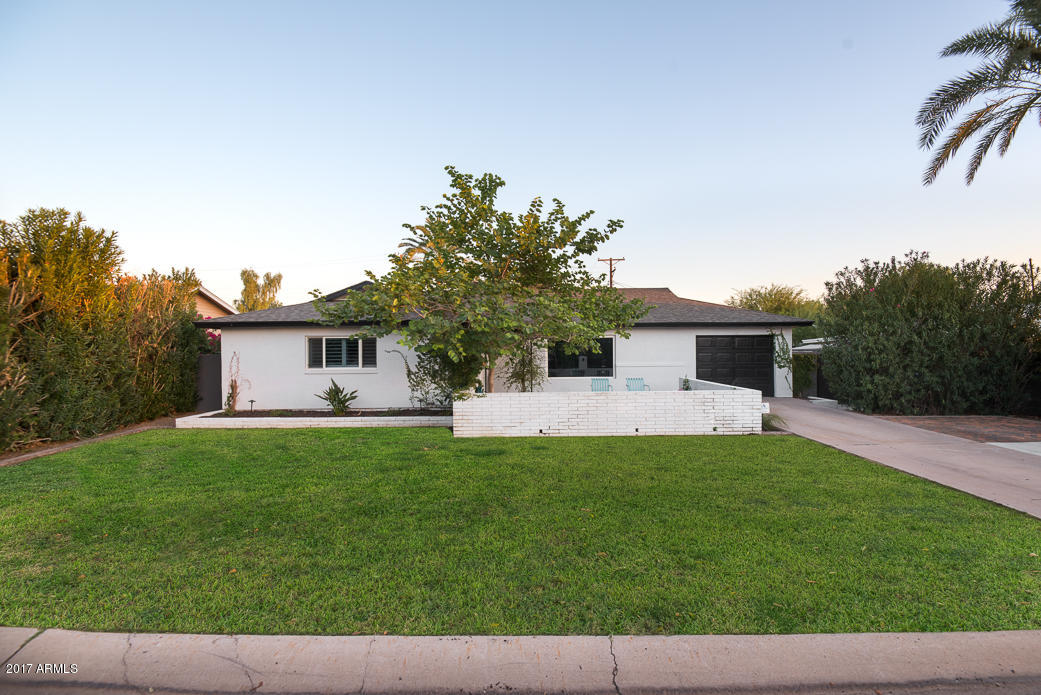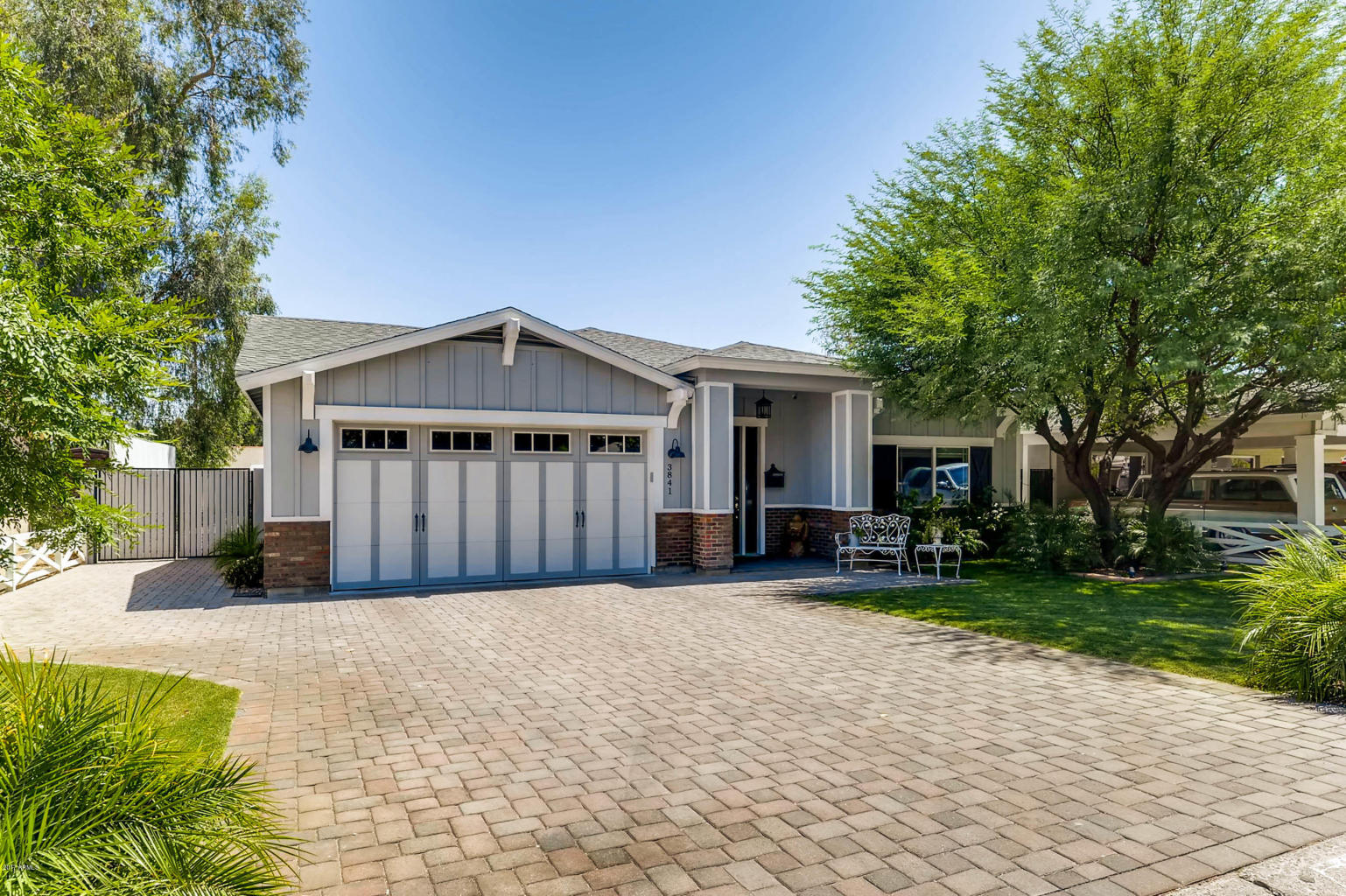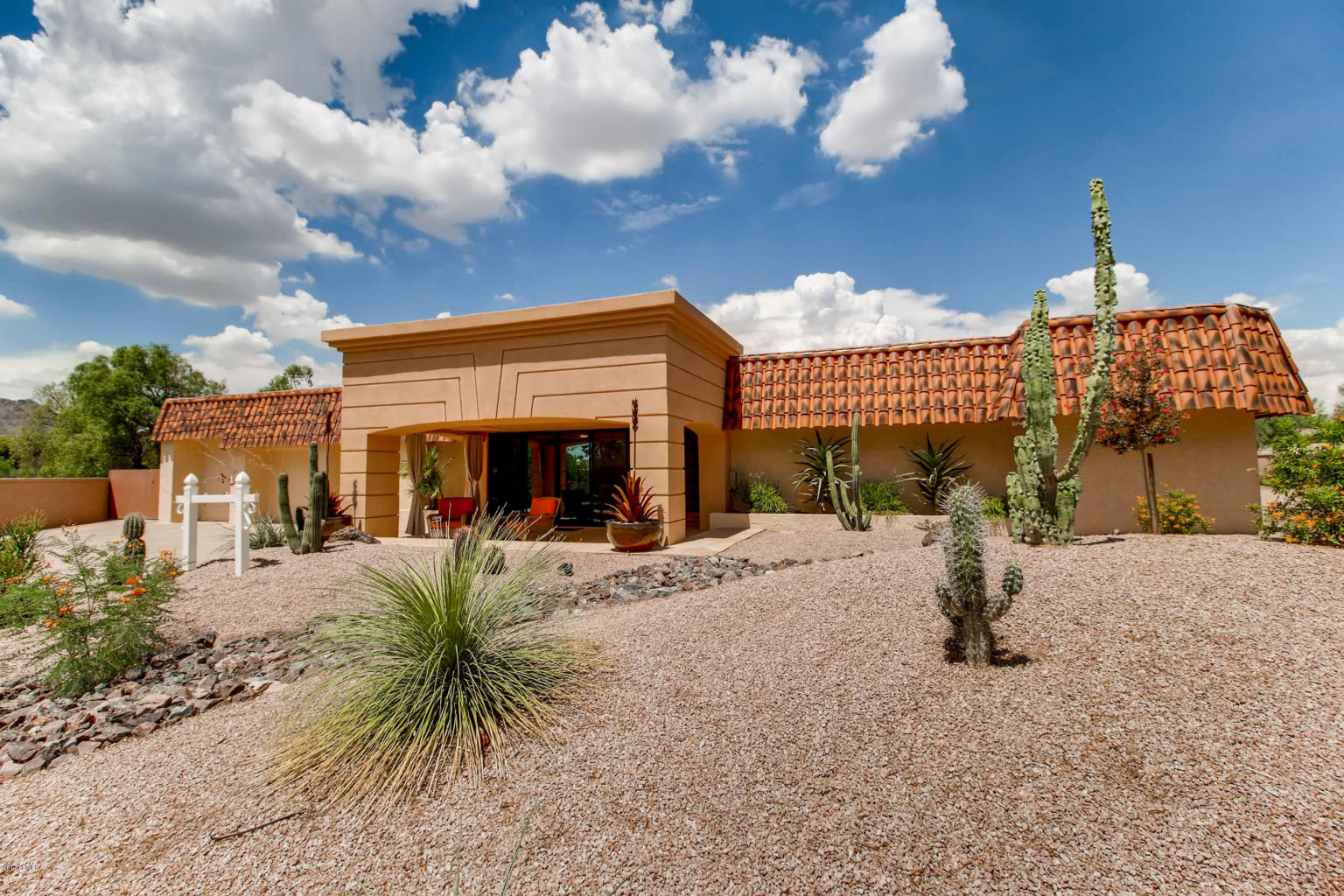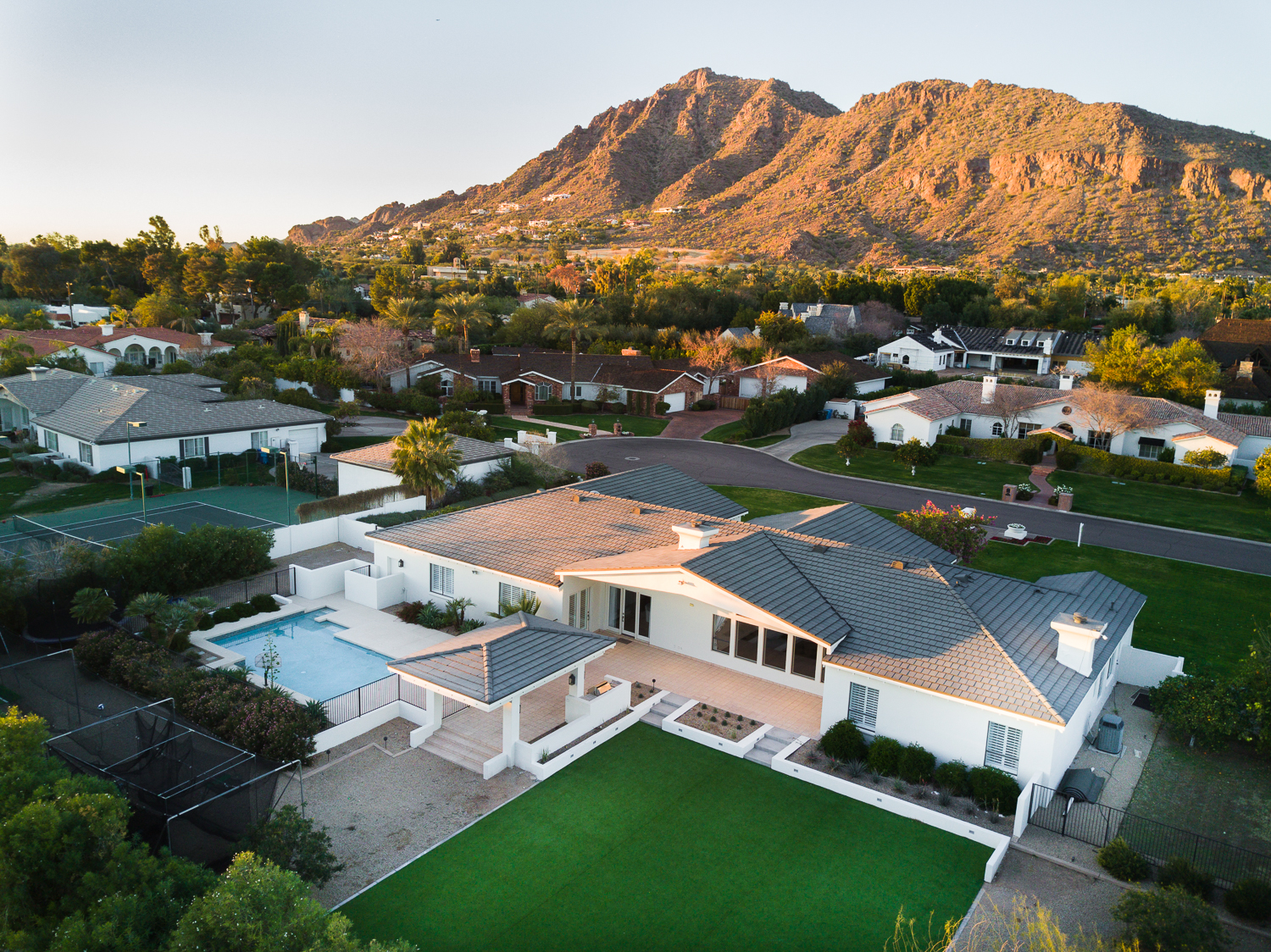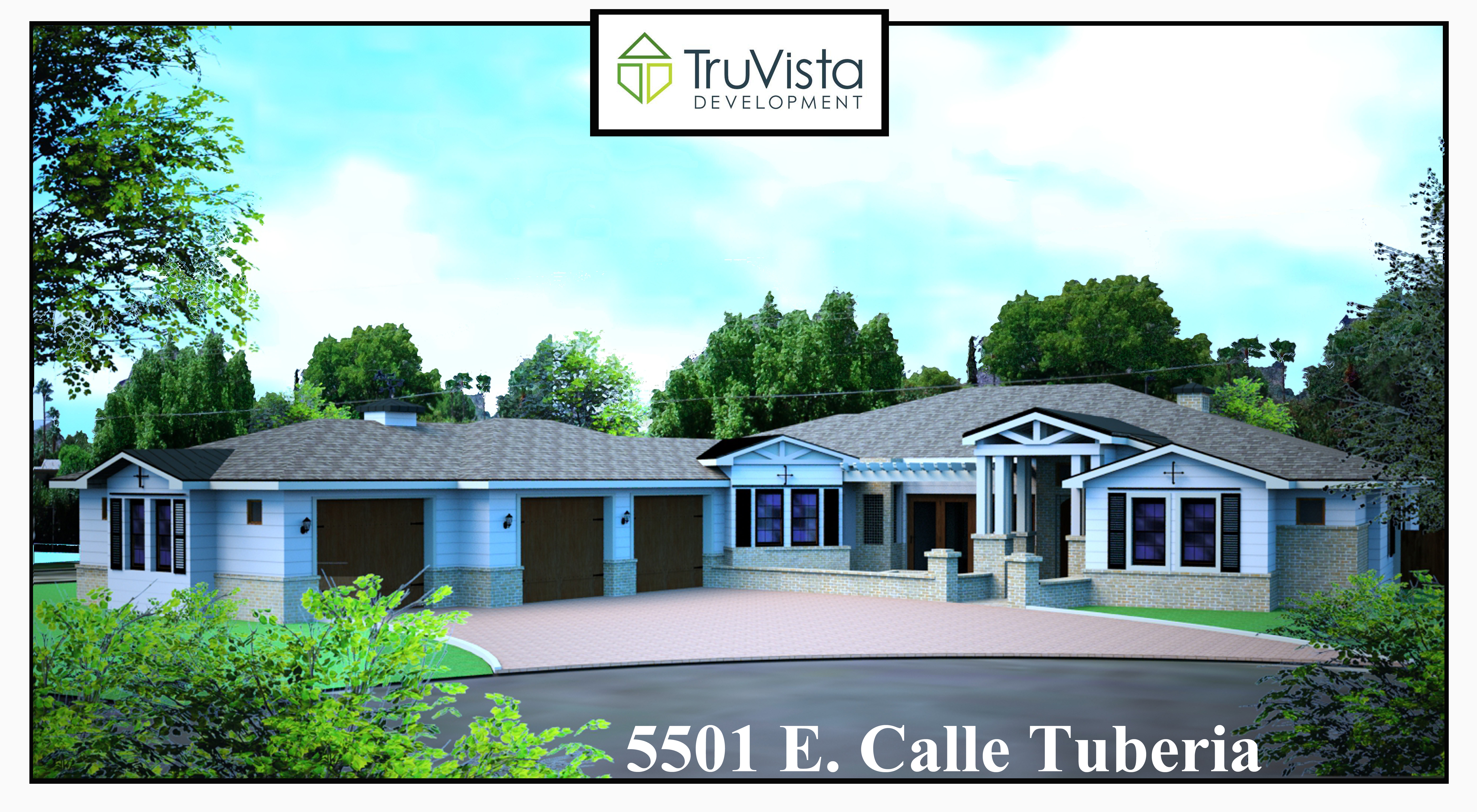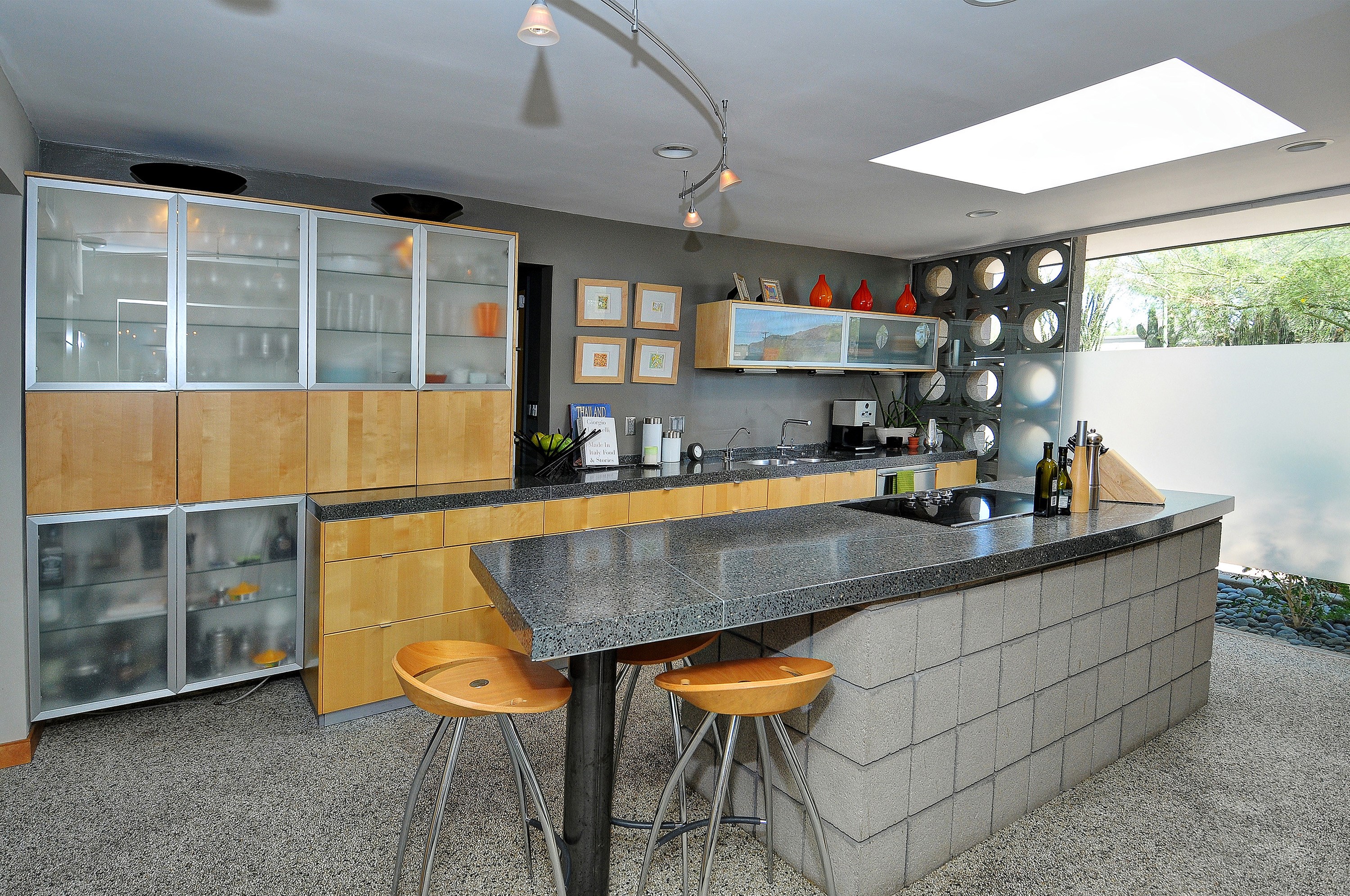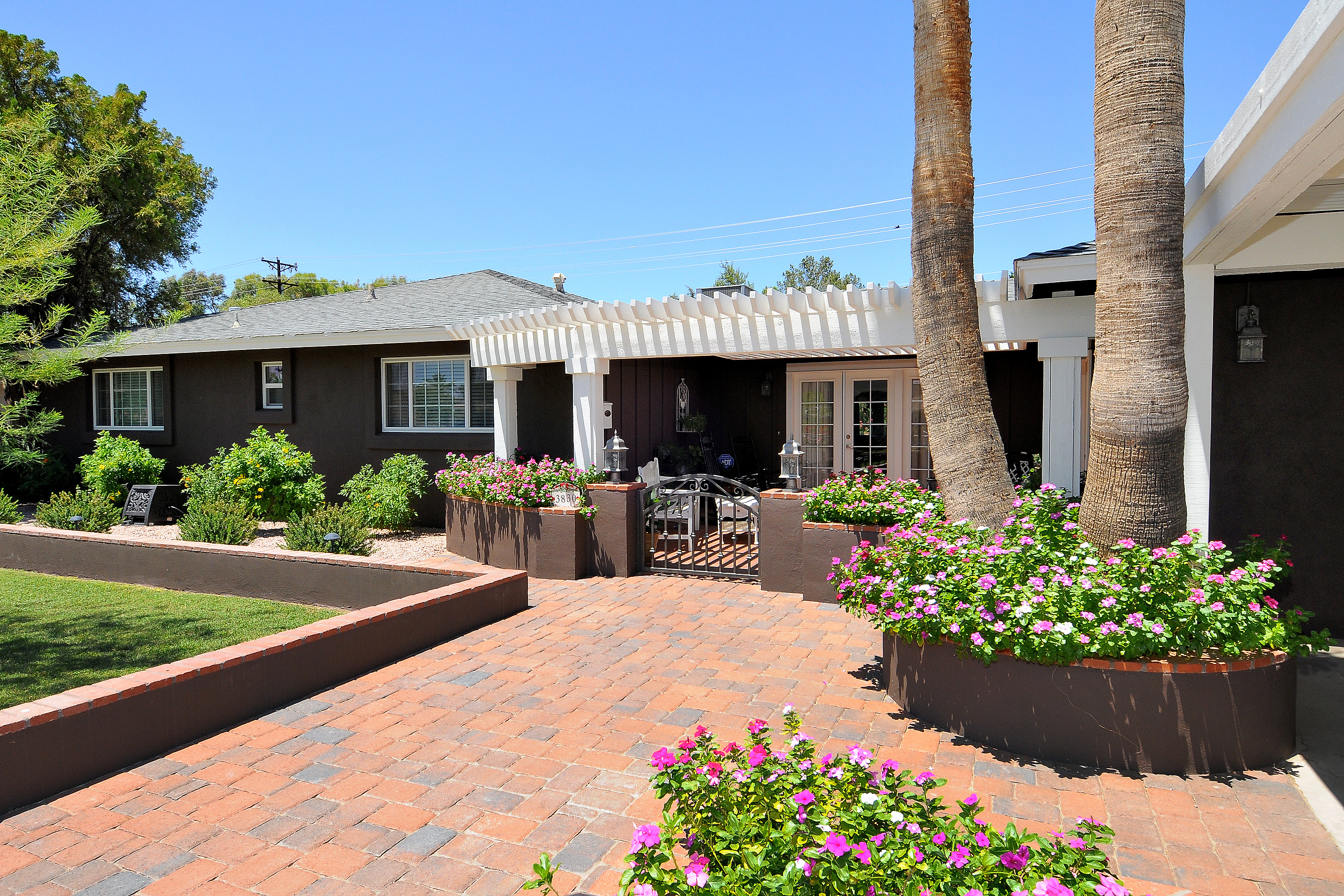Per the front page of today’s Arizona Republic, it’s a Seller’s market until more inventory balances out the market. See article:
By Catherine Reagor and Ryan KonigThe Republic | Mar 25, 2013 11:40 AM
It’s a seller’s market in metro Phoenix real estate, with so few moderately priced houses on the market that typical buyers have to scramble to make a deal.
Last week, about 13,000 houses and condominiums across the region were listed for sale. In 2008, there were four times as many houses for sale in the Phoenix area, according to the Arizona Regional Multiple Listing Service.
Houses, particularly those priced below $200,000, are selling faster than they have since mid-2006, at the peak of the housing boom. The typical house now sells within 72 days, almost half the time it took five years ago.
Investors are motivated to buy because they can pay cash for affordable houses and turn them into profit-generating rentals. The improving economy has been a catalyst for traditional buyers as well, but they also are looking for bargains. The typical first-time buyer in metro Phoenix, who can’t afford to pay much more than $150,000, also wants to close a deal before interest rates rise.
The growing group of prospective buyers propelled the region’s median sales price up more than 34 percent in 2012. That price increase is expected to motivate more homeowners to put their homes up for sale because they are no longer underwater, but demand also is expected to rise.
For those in the market, the competition can be frustrating and time-consuming.
“There’s no doubt it’s a tough market for many buyers,” said Tom Ruff, real-estate analyst for the Information Market, a division of the regional multiple-listing service.
Multiple bids
Generally, the highest-priced houses for sale are in Scottsdale, Paradise Valley, some north-central Phoenix neighborhoods and the southeast Valley communities closer in. The least expensive houses can be found in parts of central and west Phoenix and the southwest Valley.
The limited supply of moderately priced houses is most out of whack with demand. Many first-time buyers, investors and others are seeking properties listed at or around $150,000. The median price of a house for sale in metro Phoenix during February was $185,000.
Melissa Jankovich has been trying to buy her first home for almost a year. The hairstylist wants to live in Tempe or central Phoenix near her job and friends. She’s been looking for a house that is priced at $175,000 or less and doesn’t need a lot of work.
“I have been outbid on so many houses I can’t remember them all,” Jankovich said. “I was discouraged last year. Now, I am a little numb to the process.”
Jankovich has been able to save more money for a down payment during the past year and now can afford a slightly higher-priced house. She also hopes there will soon be fewer investors to compete with.
“I keep hearing prices are getting too high for many investors, but so far they are still bidding on the houses I want,” Jankovich said.
Today, most of the houses priced below $200,000 are in the West Valley or much farther out in Pinal County communities.
Higher prices
As home prices rise, more sellers are expected to put their houses on the market, either when they no longer are underwater on their mortgages or when they believe they can make a good profit. But demand is projected to outstrip supply for quite some time.
“We still have a long-term supply shortage, with only about 50 percent of the active listings that we would expect to see in a normal market,” said Mike Orr, director of the Center for Real Estate Theory and Practice at Arizona State University’s W.P. Carey School of Business.
“Most homes priced reasonably below $500,000 continue to attract multiple offers in a short time. Sellers are firmly in control.”
In addition, housing analysts say some homeowners will wait another year or two to try to make more money on the sale of their house.
Why? The forecast calls for prices to keep climbing.
“As long as the supply is constrained for houses that buyers want, home prices will climb in the areas where those homes are located,” Orr said.

